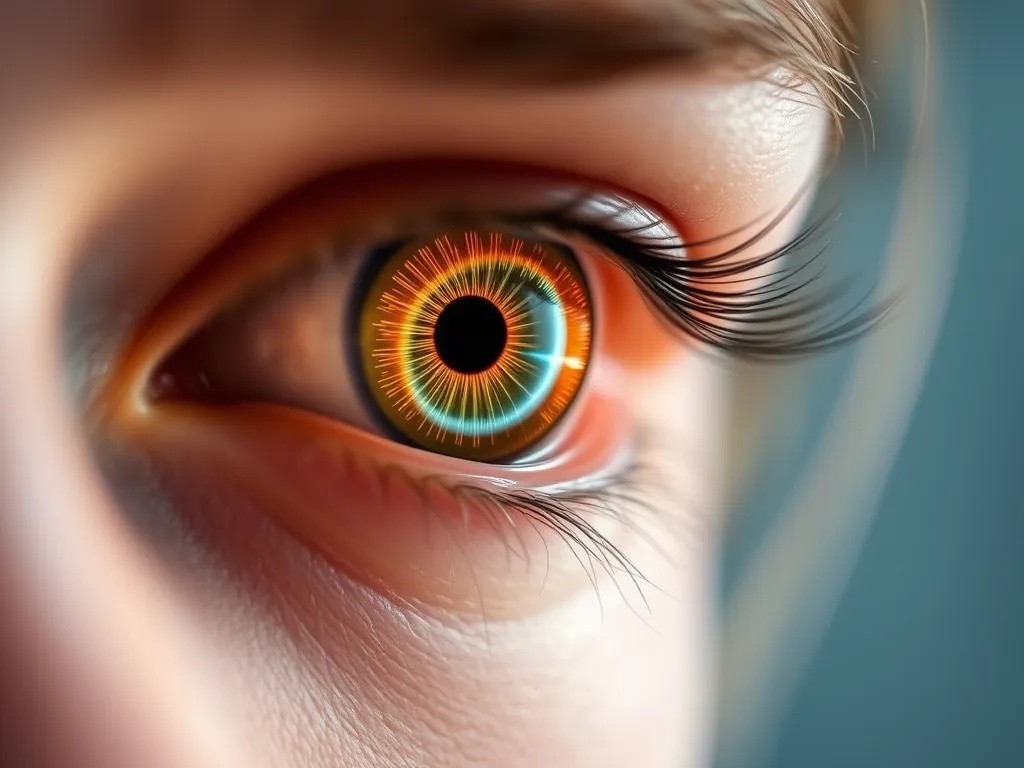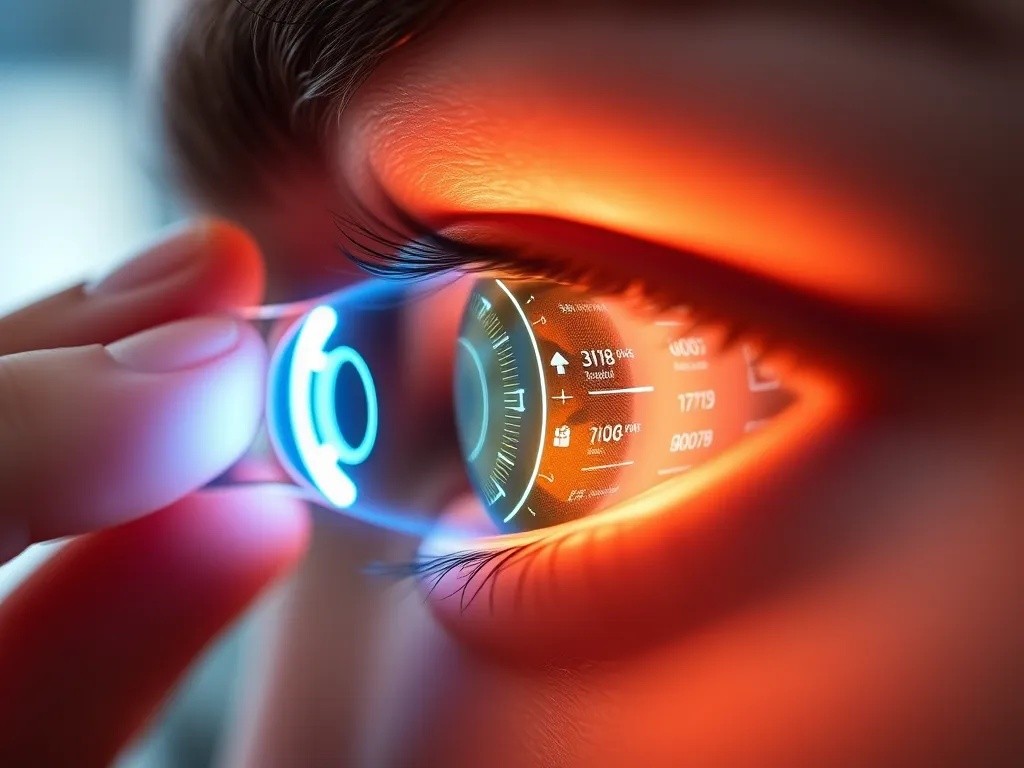In recent years, there has been a significant advancement in the field of Artificial Intelligence (AI) and Augmented Reality (AR). These technologies have become increasingly popular and have the potential to enhance virtual experiences in various fields such as gaming, education, healthcare, and...
Smart Contact Lenses Display Information Directly in Your Eyes

The future of wearable technology is literally in sight. Smart contact lenses represent a groundbreaking advancement that promises to revolutionize how we interact with digital information by projecting data directly onto our eyes. These ultra-thin, transparent devices are poised to transform everything from augmented reality experiences to medical monitoring, bringing science fiction concepts into everyday reality.
How Smart Contact Lenses Work
Smart contact lenses integrate microscopic electronic components within biocompatible materials that can safely rest on the eye's surface. These sophisticated devices typically contain:
- Micro-displays using LED or OLED technology
- Wireless communication chips for data transmission
- Sensors for monitoring various biological parameters
- Power systems, often using wireless charging or energy harvesting
- Processing units capable of handling basic computations
The lenses work by receiving data wirelessly from connected devices such as smartphones or dedicated control units. The embedded micro-displays then project information directly onto the retina, creating a seamless overlay of digital content over the wearer's natural field of vision.
Current Applications and Capabilities
Augmented Reality Integration
Smart contact lenses excel at providing immersive augmented reality experiences without the bulk of traditional headsets. Users can access navigation directions, real-time translations, social media notifications, and contextual information about their surroundings. This technology enables a truly hands-free computing experience that feels natural and unobtrusive.
Health Monitoring and Medical Applications
Medical applications represent one of the most promising areas for smart contact lenses. These devices can continuously monitor various health parameters:
- Intraocular pressure for glaucoma patients
- Blood glucose levels for diabetics
- Tear composition analysis
- Eye movement tracking for neurological assessments
- Sleep pattern monitoring

Professional and Industrial Uses
In professional environments, smart contact lenses offer significant advantages. Surgeons can access patient data during operations, mechanics can view repair instructions while working on complex machinery, and pilots can receive critical flight information without looking away from their primary tasks.
Leading Companies and Innovations
Several major technology companies are investing heavily in smart contact lens development. Google has partnered with various pharmaceutical companies to create glucose-monitoring lenses for diabetics. Samsung has filed patents for contact lenses with built-in cameras and displays. Meanwhile, startups like Mojo Vision are developing comprehensive AR contact lenses with high-resolution displays and advanced sensors.
Challenges and Limitations
Technical Hurdles
Despite their promise, smart contact lenses face significant technical challenges. Power management remains a critical issue, as the devices must operate for extended periods without causing discomfort or heat buildup. The miniaturization of electronic components while maintaining functionality and safety standards presents ongoing engineering challenges.
Safety and Regulatory Concerns
Medical device regulations require extensive testing to ensure smart contact lenses don't damage the eye or cause adverse reactions. Long-term biocompatibility studies, potential electromagnetic interference effects, and data privacy concerns must all be addressed before widespread adoption becomes possible.
The Future Outlook
As technology continues advancing, smart contact lenses are expected to become more sophisticated and widely available. Future iterations may include enhanced display resolution, longer battery life, and expanded sensor capabilities. The integration with artificial intelligence and machine learning could enable predictive health monitoring and personalized user experiences.
The market for smart contact lenses is projected to grow significantly over the next decade, driven by increasing demand for wearable technology and growing awareness of preventive healthcare. As manufacturing costs decrease and regulatory approvals expand, these revolutionary devices may become as common as smartphones are today.
Smart contact lenses represent a paradigm shift in human-computer interaction, offering unprecedented intimacy between users and their digital devices. While challenges remain, the potential benefits for healthcare, productivity, and entertainment make this technology one of the most exciting frontiers in modern innovation.



